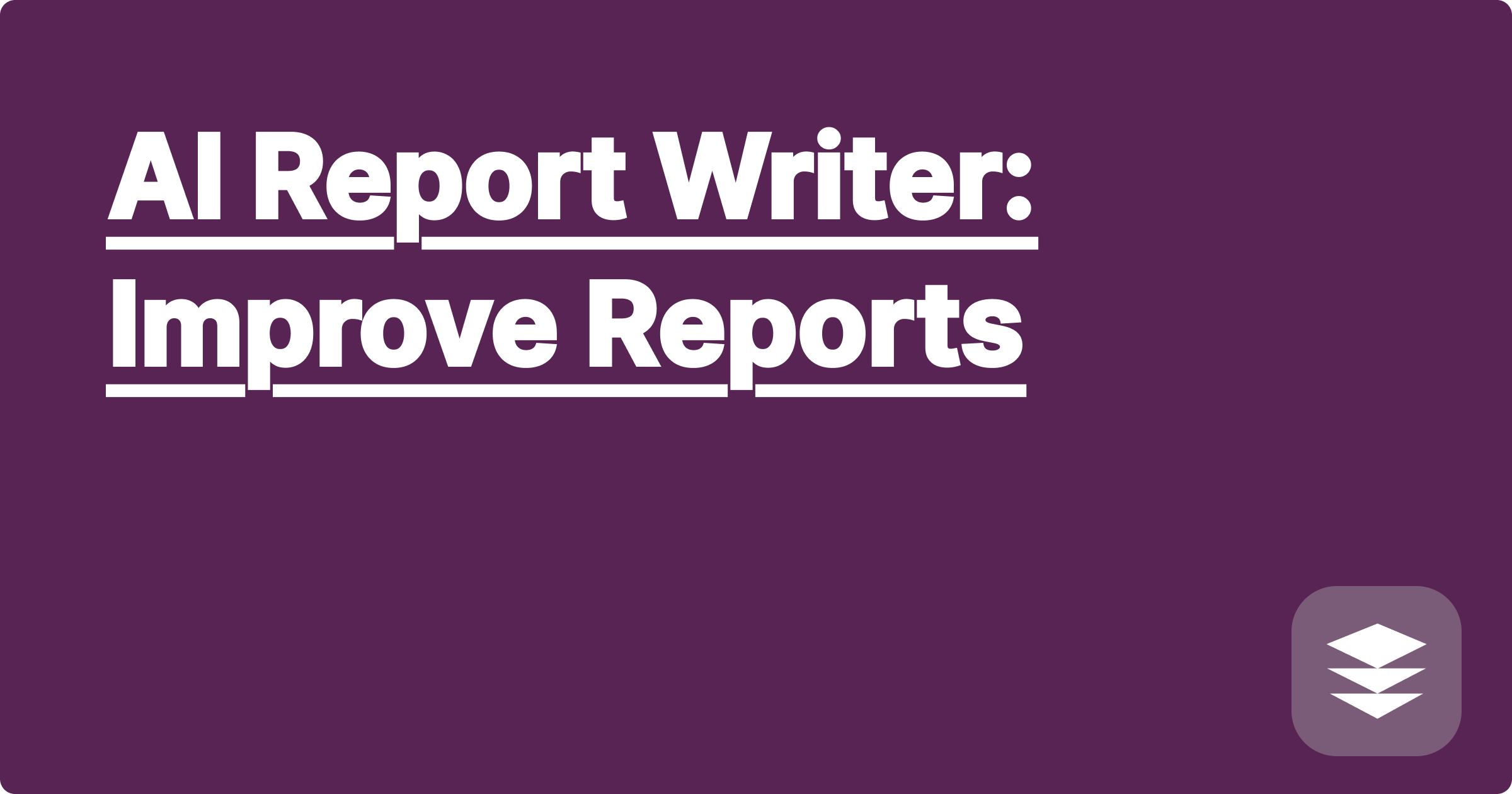
The demanding world of STEM education and research often leaves students feeling overwhelmed. Balancing complex coursework, rigorous research projects, and the pressure to maintain a high GPA can be a constant struggle. Fortunately, the rise of artificial intelligence offers a powerful new toolkit for STEM students to not only survive but thrive. AI-powered tools can revolutionize how students approach learning, research, and time management, ultimately leading to improved academic performance and reduced stress. This blog post will explore how AI can be integrated into your workflow to significantly enhance your STEM journey, offering practical strategies and real-world examples to guide you towards academic success. We'll delve into specific AI tools and techniques tailored to different STEM disciplines, empowering you to unlock your full potential and achieve your academic goals.
For STEM students and researchers, the ability to efficiently process information, conduct thorough research, and communicate findings effectively is paramount. Traditional methods of learning and research can be time-consuming and often fail to cater to individual learning styles. AI offers a personalized and adaptive approach, providing tailored support that can dramatically improve learning outcomes and research productivity. This shift towards AI-powered learning is not just a trend; it's a fundamental change in how we approach education and research in the 21st century. Embracing these tools can be the key to unlocking a new level of academic achievement and staying ahead in your field.
STEM fields are inherently challenging, requiring a deep understanding of complex concepts, analytical thinking, and effective problem-solving skills. Students often grapple with vast amounts of information, demanding coursework, and the pressure to perform well in exams. Research can be equally daunting, requiring extensive literature reviews, data analysis, and the ability to synthesize information into coherent reports and publications. Traditional learning methods often fall short in providing the personalized support and efficient tools needed to navigate these complexities. Furthermore, the ever-evolving nature of STEM fields demands continuous learning and adaptation, adding another layer of complexity to the student experience.
AI-powered tools offer a transformative solution to the challenges faced by STEM students and researchers. Platforms like GPAI (a hypothetical AI learning platform for this example), ChatGPT, Claude, and Wolfram Alpha can provide personalized learning experiences, automate tedious tasks, and enhance research capabilities. GPAI, for instance, can generate customized study plans based on individual learning styles and weaknesses, offering targeted practice and feedback. ChatGPT and Claude can assist with brainstorming research ideas, summarizing complex articles, and even generating drafts for reports and presentations. Wolfram Alpha can be a powerful tool for solving complex mathematical problems, visualizing data, and exploring scientific concepts. By integrating these AI tools into their workflow, students can optimize their learning process, improve research efficiency, and ultimately achieve better academic outcomes.
Let's consider a practical example of how a biology student could use these tools. First, they could use GPAI to create a personalized study plan for an upcoming exam on genetics. GPAI could analyze their past performance, identify areas needing improvement, and suggest relevant study materials. Next, they could use ChatGPT to summarize complex research papers on gene editing, extracting key information and clarifying confusing concepts. Finally, they could use Wolfram Alpha to visualize protein structures and explore the mechanics of DNA replication. This integrated approach allows the student to learn more effectively, conduct research more efficiently, and gain a deeper understanding of the subject matter.
A physics student struggling with understanding projectile motion could use Wolfram Alpha to visualize trajectories, experiment with different parameters, and gain a more intuitive grasp of the underlying physics. A chemistry student could utilize AI-powered molecular modeling software to simulate chemical reactions and predict the properties of new compounds. A mathematics student could leverage Wolfram Alpha to verify complex calculations, explore different approaches to solving problems, and even generate proofs for theorems. These are just a few examples of how AI can be applied across various STEM disciplines to enhance learning and research.
To maximize the benefits of AI in STEM education and research, it's crucial to develop effective strategies. First, actively experiment with different AI tools to find the ones that best suit your learning style and research needs. Second, focus on understanding the underlying concepts rather than simply relying on AI to provide answers. AI should be used as a tool to enhance your understanding, not as a shortcut to learning. Third, develop strong critical thinking skills to evaluate the output of AI tools and ensure accuracy. Finally, integrate AI tools into your existing workflow seamlessly, incorporating them into your study routines and research practices.
Concluding, the integration of AI into STEM education and research is not just a technological advancement; it's a paradigm shift. By embracing these powerful tools, students and researchers can unlock new levels of efficiency, understanding, and productivity. Start exploring the world of AI-powered learning today and discover how it can transform your academic journey. Experiment with different platforms like GPAI, ChatGPT, Claude, and Wolfram Alpha, and find the tools that best suit your individual needs. Remember to focus on understanding the underlying concepts, develop strong critical thinking skills, and integrate these tools seamlessly into your workflow. The future of STEM learning is here, and it's powered by AI.
AI for Biology: Data Visualization
AI for Stats: Data Analysis Made Easy
AI Study Prep: Master STEM Exams
AI Homework Help: Conquer STEM
AI for Research: Find Key Papers
AI Coding Helper: Code Smarter
AI Physics Tutor: Problem Solving
AI in Biology: Data Visualization